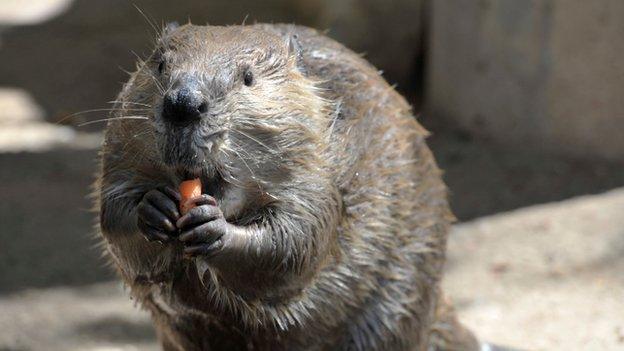More beavers reintroduced to Knapdale Forest
- Published
A pilot study has been going on since 2009 aiming to establish at least five breeding pairs in Argyll
Three more beavers have been successfully released into the wild at Knapdale Forest in Argyll.
They are the first to be introduced since ministers declared them a native species, having been extinct for centuries.
A pilot study has been going on since 2009 and the project now hopes to establish at least five breeding pairs.
The Royal Zoological Society of Scotland said the beavers were settling in well to their new surroundings.
More of the animals will be introduced next year.
The beavers, which are of Bavarian origin, came from the Highland Wildlife Park and Wildwood Zoo in Kent, with Edinburgh Zoo staff introducing them to the forest.
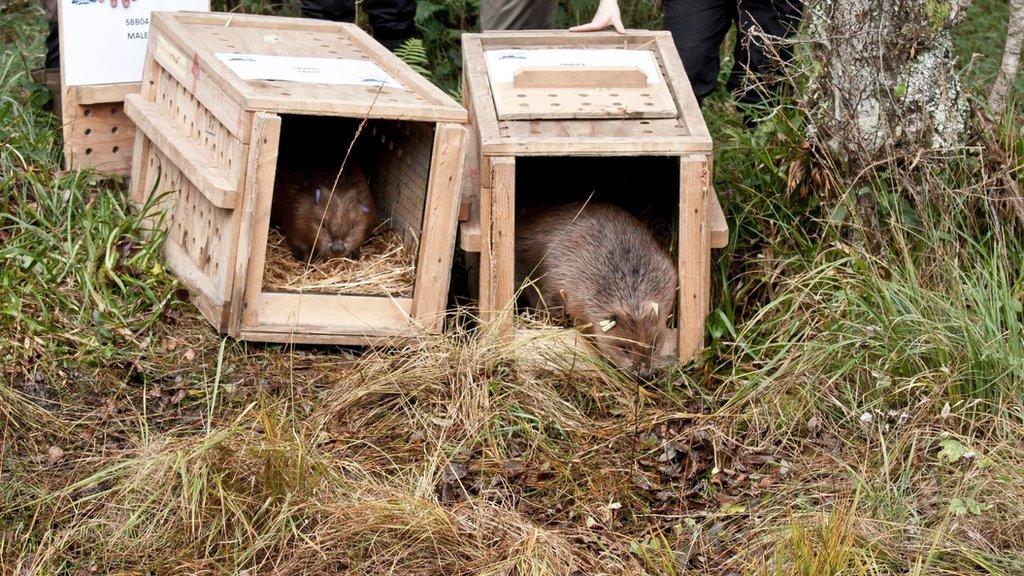
The releases are the first stage of a three-year programme which will see up to 28 beavers released under controlled and monitored conditions.
The plan is to increase genetic diversity and improve the health and resilience of the original population introduced through the Scottish Beaver Trial in 2009.
Before the trial, beavers were absent in the wild in Scotland for more than 400 years after being hunted to extinction.
Sixteen Eurasian beavers were introduced to the forest between 2009 and 2014. The benefits and impacts were independently monitored by Scottish Natural Heritage (SNH).
In November 2016, the Scottish government announced that beavers would be allowed to remain and their population naturally expand from Knapdale and Tayside.
It was the first successful reintroduction of any wild mammal to the UK.
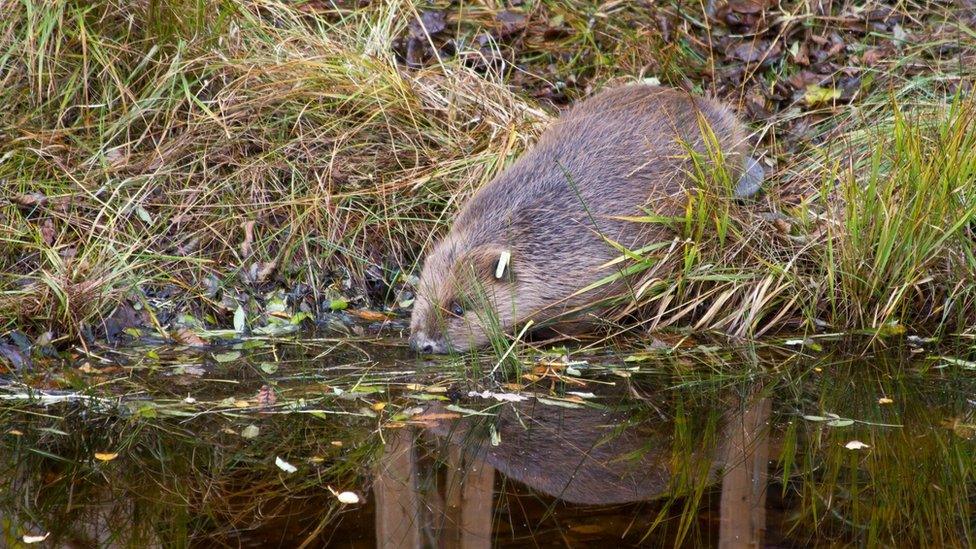
Scottish Beavers, made up of the Scottish Wildlife Trust (SWT) and the Royal Zoological Society of Scotland (RZSS) is continuing the work of the Scottish Beaver Trial.
RZSS conservation programme manager Ben Harrower, said: "We have been working on the translocation of three beavers to Knapdale, this involved detailed health screening as well as genetic analysis. Our monitoring suggests that they are adapting well to their new home.
"We will continue to closely monitor the progress of the beavers with a view to releasing more animals in early 2018 and over the next three years.
"By the end of that period, we hope to see some of the translocated beavers paired up with the existing population and producing kits.
'Significant milestone'
He added: "This is a significant milestone for the conservation of beavers in Knapdale."
Susan Davies, director of conservation at the Scottish Wildlife Trust, said: "Reinforcement of the population of beavers at Knapdale is an essential step to encourage natural recolonisation of beavers from Knapdale into mid-Argyll.
"Beavers are fantastic natural engineers and we've seen first-hand in Knapdale how a relatively small number of animals can create new wetlands and improve riparian woodland. They also bring wider benefits to a range of other species, from insects and birds to otters and water voles.
"In addition, beaver tourism is giving a boost to the local economy as the presence of these animals is proving to be a strong draw for visitors to mid-Argyll."
- Published3 October 2017
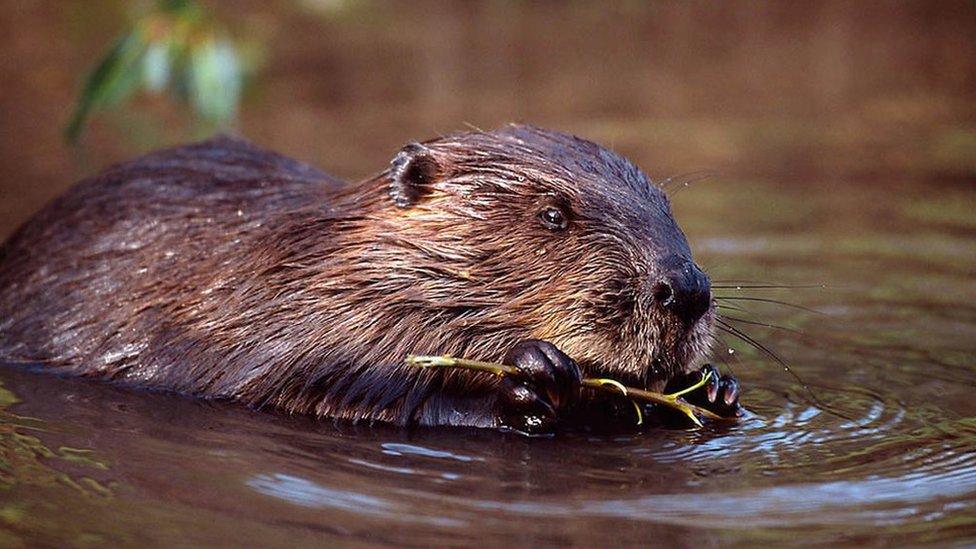
- Published19 July 2017
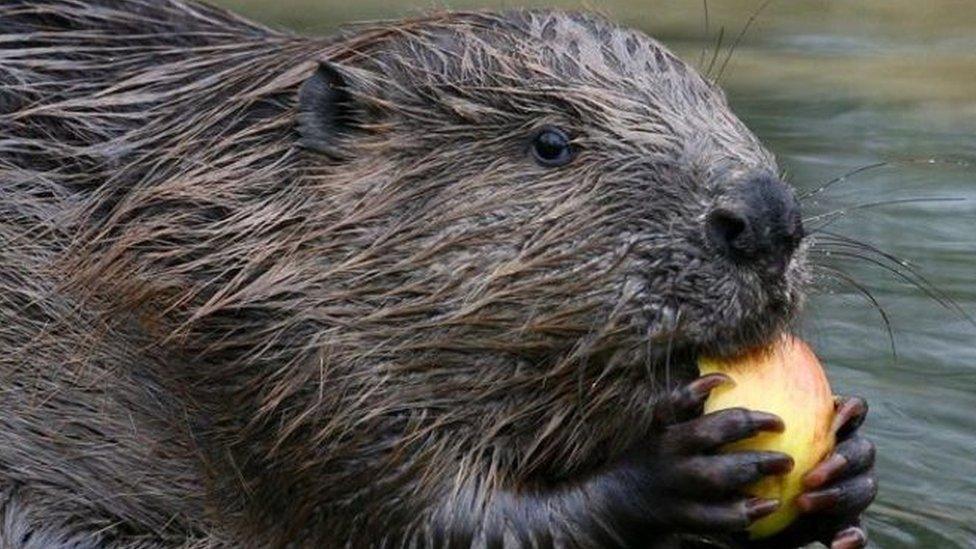
- Published13 July 2017
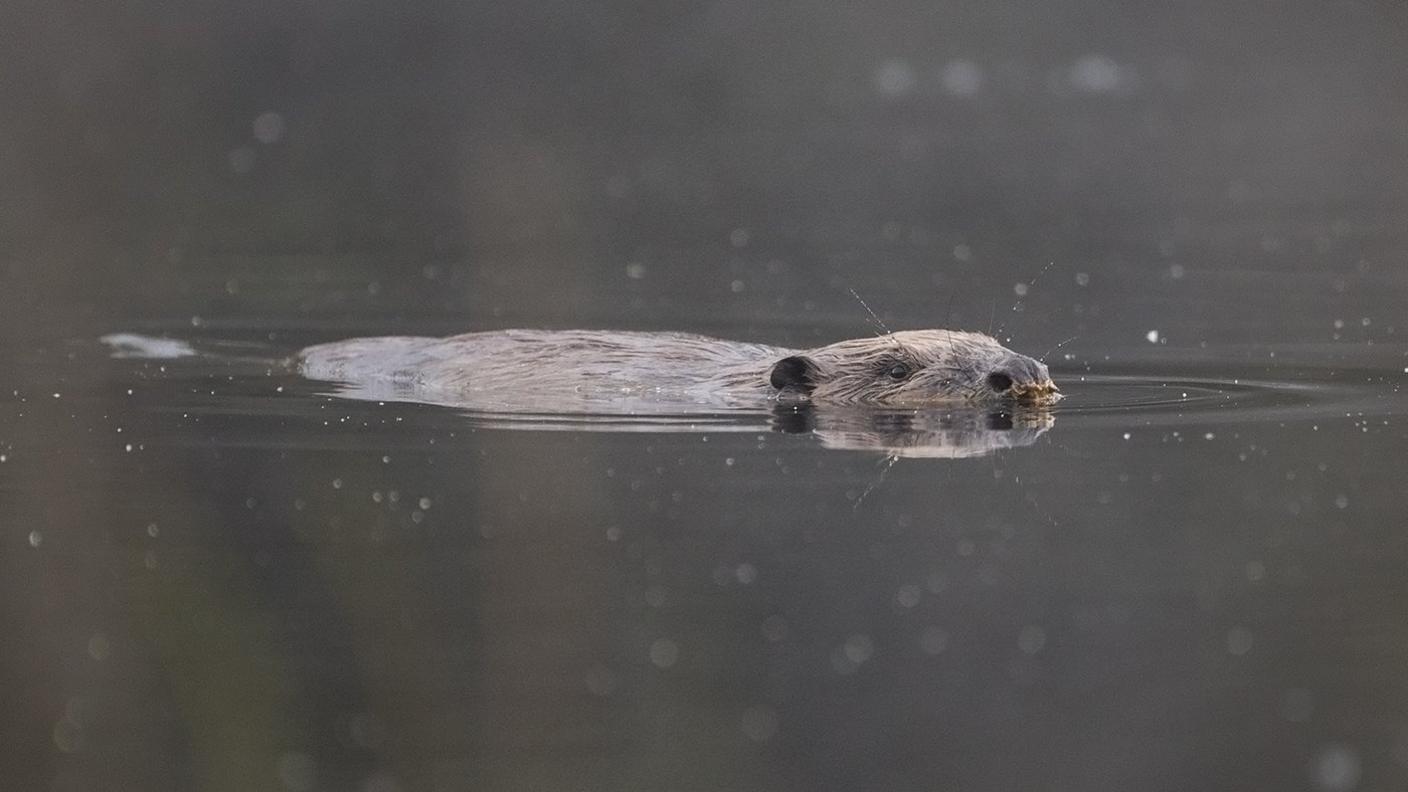
- Published24 November 2016
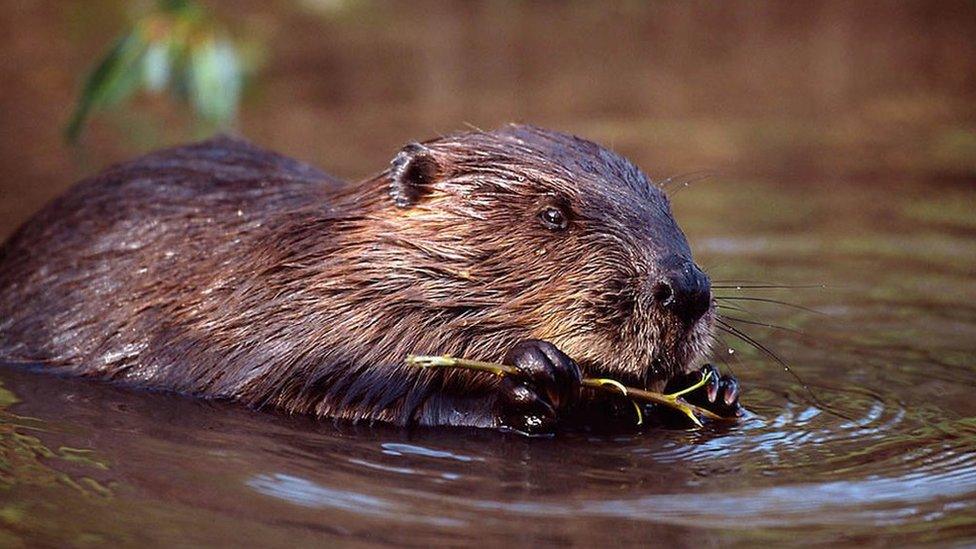
- Published29 April 2015
